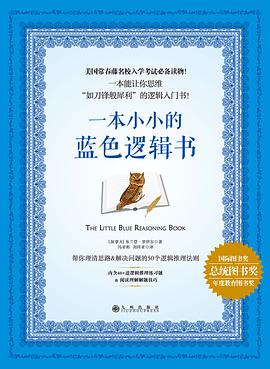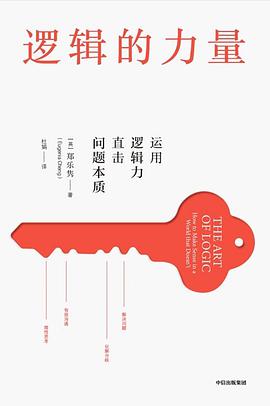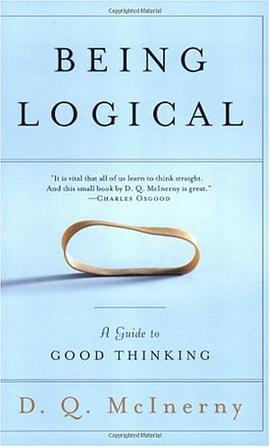From Publishers Weekly
"In logic, as in life, it is the obvious that most often bears emphasizing, because it so easily escapes our notice," McInerny argues in this pithy guide to applying logical thinking to everyday life. Modeled after Strunk and White’s indispensable handbook, The Elements of Style, McInerny’s primer offers valuable counsel on making a clear and effective point. He calls attention to the tremendous importance that language holds in the crafting and presentation of an argument, advising readers to "make your words as precise and sharply focused as possible" and to keep arguments, or at least their essential purpose, simple. Readers need not have a background in philosophy to follow McInerny’s remarkably comprehensible explanation of the methods used to construct a valid case, including the syllogistic argument, the conjunctive and disjunctive arguments and the conditional argument. The author also dedicates considerable discussion to the sources and the principal forms of illogical thinking, from such common ruses as begging the question and using tears as a diversionary tactic to the more ethically questionable ad hominem strategy, in which a person ignores an argument and attacks his opponent’s character instead. McInerny recommends that people hone their logical thinking skills by using them in real life situations, but perhaps one of the best ways his audience can learn to clearly express their views is by examining the crisp, articulate writing in this slender but richly informative guide.
Copyright © Reed Business Information, a division of Reed Elsevier Inc. All rights reserved. --This text refers to an out of print or unavailable edition of this title.
From Booklist
"Major Premise: Sixty men can do a piece of work sixty times as quickly as one man. Minor Premise: One man can dig a posthole in sixty seconds; therefore-Conclusion: Sixty men can dig a post-hole in one second." Ambrose Bierce's satire on the syllogism belongs to one of many species of specious reasoning that college professor McInerny takes to task in this precis on logic. Remarking that logic is rarely taught "as such" in American education, he presents this makeup course consciously modeled on Strunk and White's Elements of Style (1959). In concise language, McInerny's guide distributes the elements of logic among short, admonitory headings, such as "Avoid Vague and Ambiguous Language." McInerny also provides definitions of the tools of logic and their application in arriving at truth. Inculcating this noble and, in principle, attainable aim, McInerny's explanatory outline of sound thinking will be eminently beneficial to expository writers, debaters, and public speakers. Gilbert Taylor
Copyright © American Library Association. All rights reserved --This text refers to an out of print or unavailable edition of this title.



